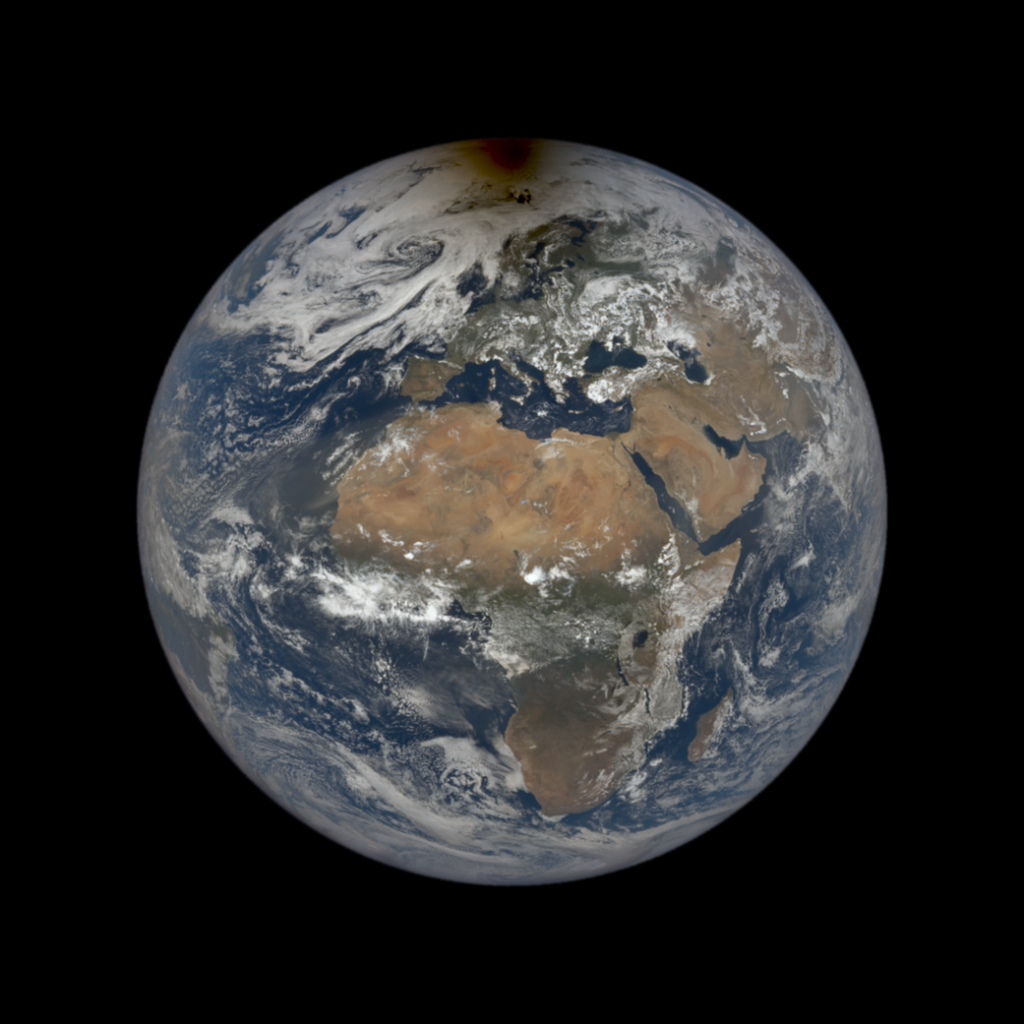
In June, an annular solar eclipse was observed near Canada and Arctic Russia. Not long ago, NASA released an image of the moon’s shadow falling on the Arctic Circle. This image was taken with the EPIC camera mounted on DSCOVR, the NOAA Deep Space and Climate Observation Satellite of the National Oceanic and Atmospheric Administration, located close to 1 million miles from Earth.
If you try to take a picture of the sunlit side of the Earth from a distance four times the moon’s orbit, you can get into lunar view. DSCOVR was launched in 2015 and so far has taken several pictures of the shadow of an eclipse that the moon dropped on Earth. Like the total solar eclipses in 2016 and 2017, an annular solar eclipse was also recorded in June.
An annular eclipse is a state in which the moon is placed between the earth and the sun, and the moon does not hide the sun and the sun appears in a ring shape around the black silhouette of the moon. The June 10 solar eclipse is a partial solar eclipse observed in the United States, Asia, Europe, and parts of the Caribbean. Fortunately, the people of Canada, Russia and Greenland were able to see the annular eclipse. However, the dark shadows of the moon staying at the same North Pole that DSCOVR identified cannot be seen from the ground.
The Epic camera in DSCOVR takes pictures of the Earth and provides information about clouds, plants, and ozone on the Earth to researchers on the ground. The satellite carrying this camera orbits a point balanced by the gravity of the sun and the Earth, called Lagrange point L1. In a total solar eclipse, the sun is completely hidden, but in an annular eclipse, the solar ring remains on the outer periphery of the moon, so it looks great from the ground. This is because the moon is farther from Earth than during a total solar eclipse, so the moon is too small to completely cover the sun. Related information can be found here.


